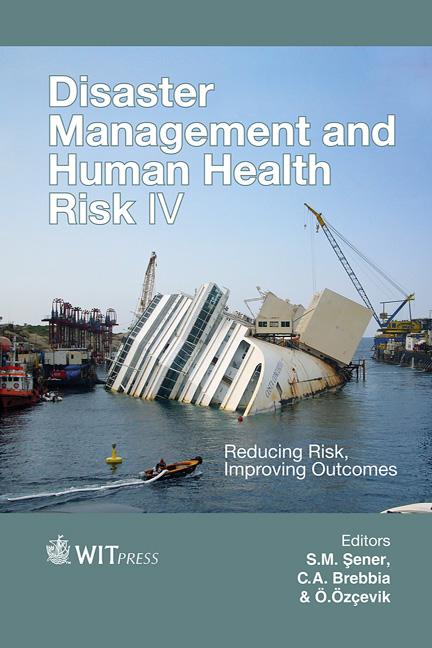A Guideline For Implementing Major Elements Of EWS In The Arab Region: Case Studies In The UAE
Price
Free (open access)
Transaction
Volume
150
Pages
9
Page Range
135 - 143
Published
2015
Size
911 kb
Paper DOI
10.2495/DMAN150131
Copyright
WIT Press
Author(s)
A. Al Hmoudi, Z. Aziz
Abstract
The Arab region’s coastal zones are of immense importance. Almost all Arab countries need to build up resilience for vulnerable communities and carry out proactive planning for integrated coastal zone management and the development of early warning systems for vulnerable coastal areas. It is clear, through the analysis of past natural disasters that the links between the four elements of EWS – risk knowledge; monitoring and warning service; dissemination and communication; response capability – are weak, leading to a reduced effectiveness of the system. The focus was on the development of technology, more than on members of the community at risk. There was also weakness in institutional cooperation, one of the main challenges in early warning. This problem has encouraged the researcher to propose a guideline for the early warning of natural disasters and increase its effectiveness by involving members of the community and improving institutional cooperation between stakeholders. The objective of this paper is to identify and assess some of the main areas vulnerable to sea level rise in the Arab world. A survey of case studies in the UAE for of Emergency and Public Safety Department is undertaken. The main objectives are to identify vulnerabilities from coastal flooding; assess adaptation measures and point out the urgent need to build up institutional and human capacities in response to the problem; identify gaps, points of strength and points of weakness in early warning and discuss options for adaptation and the need for implementing major elements of the EWS.
Keywords
early warning, natural disasters, community, preparedness, vulnerable, guideline, coastal zones




